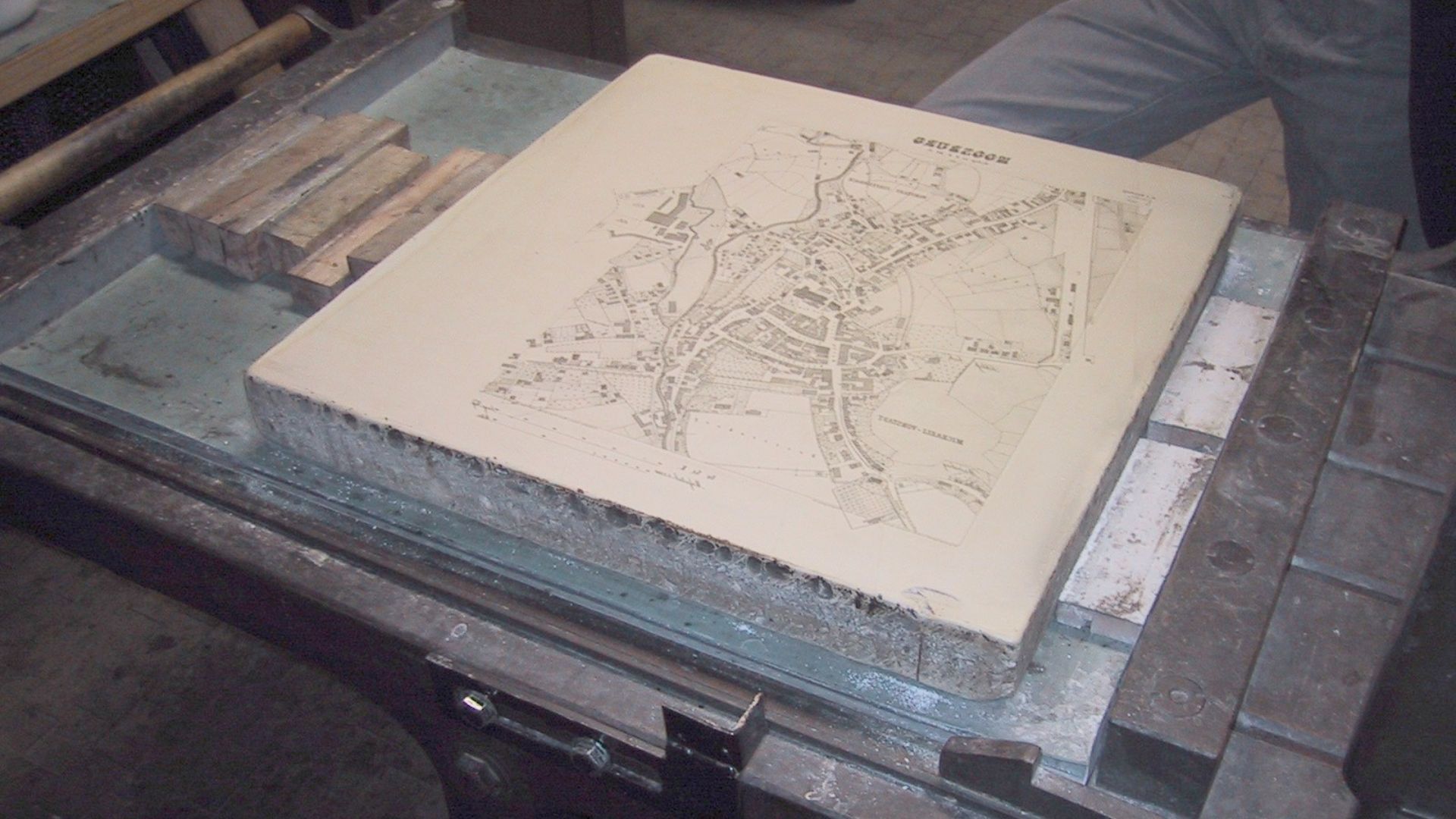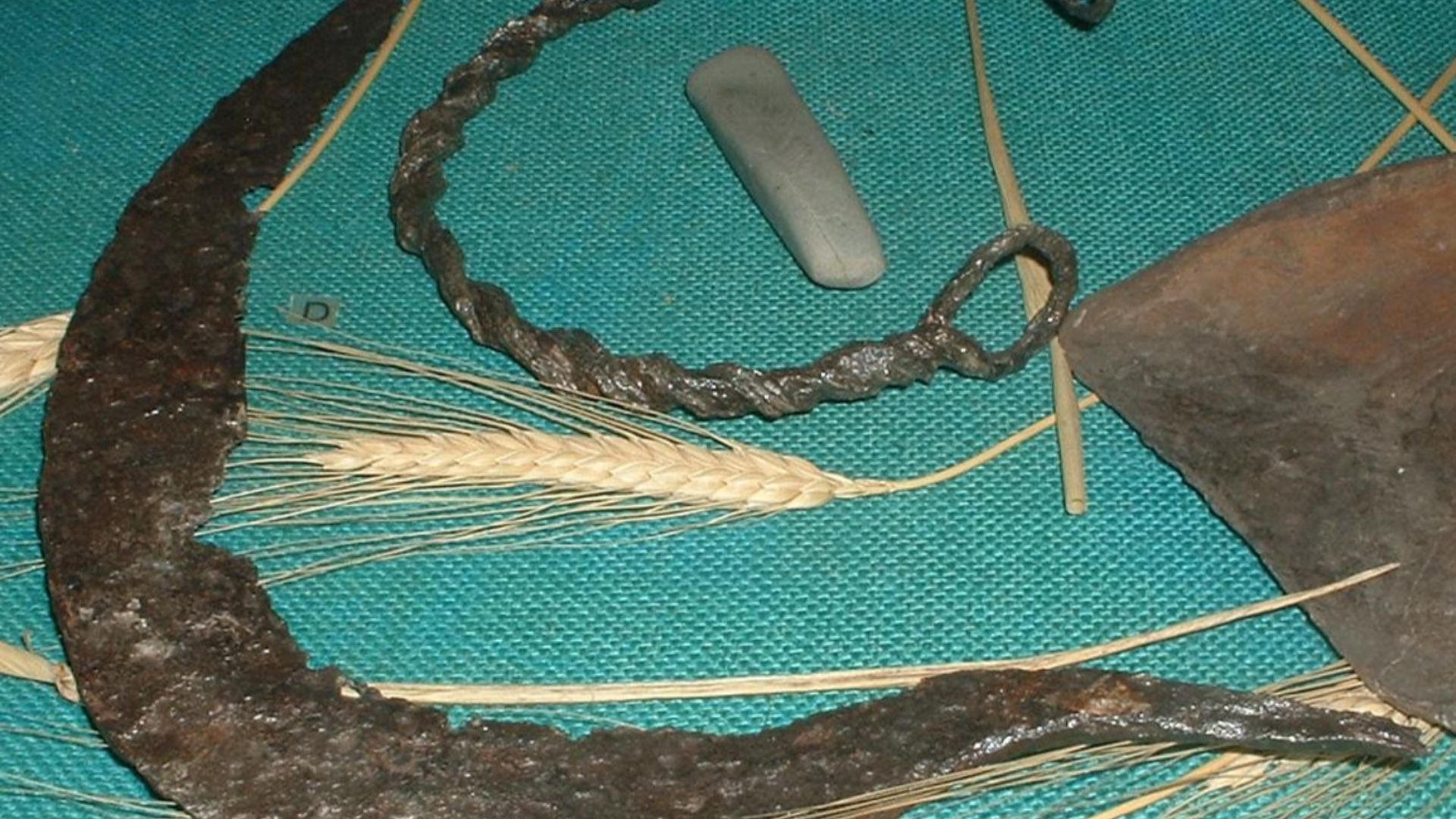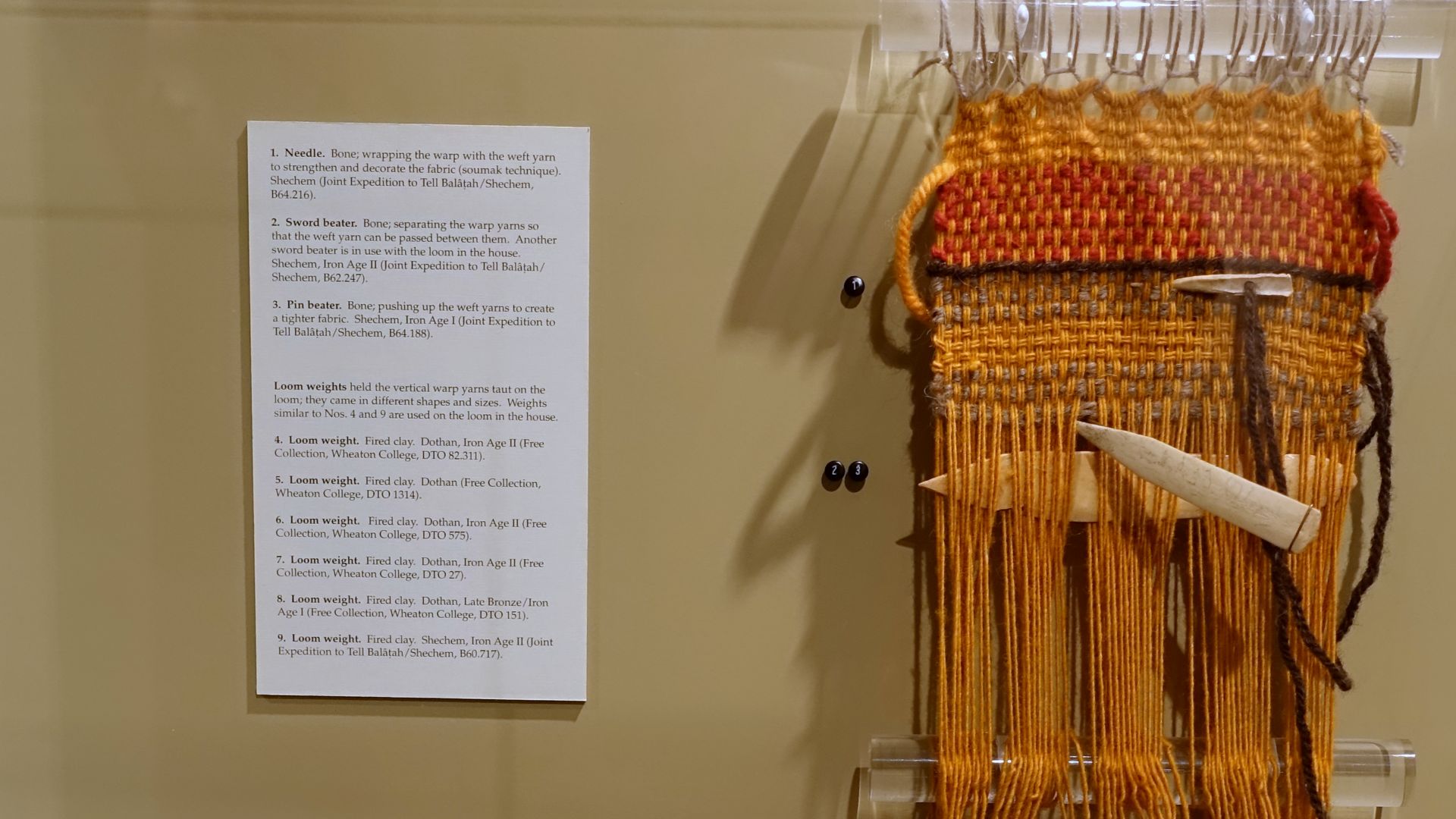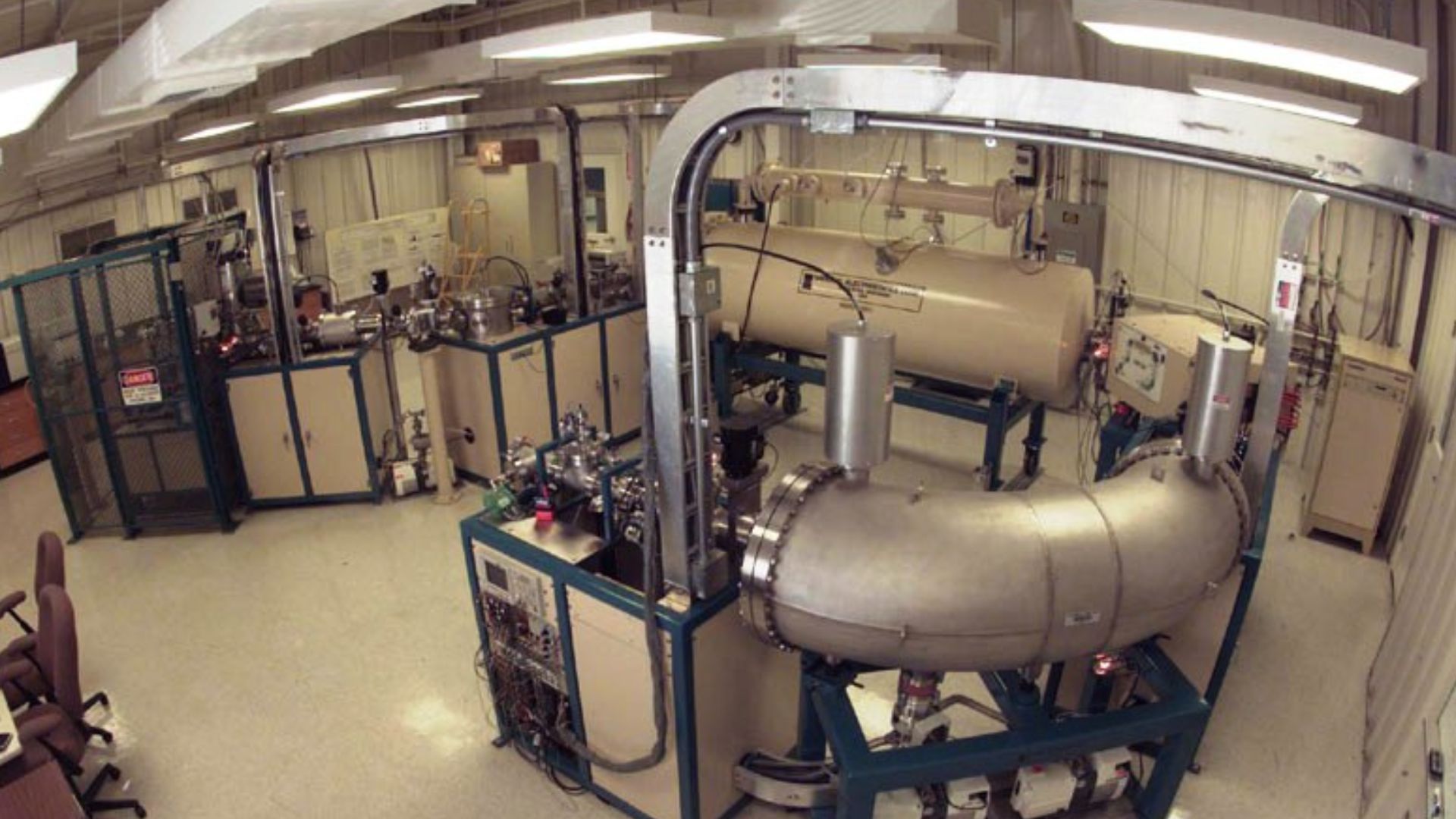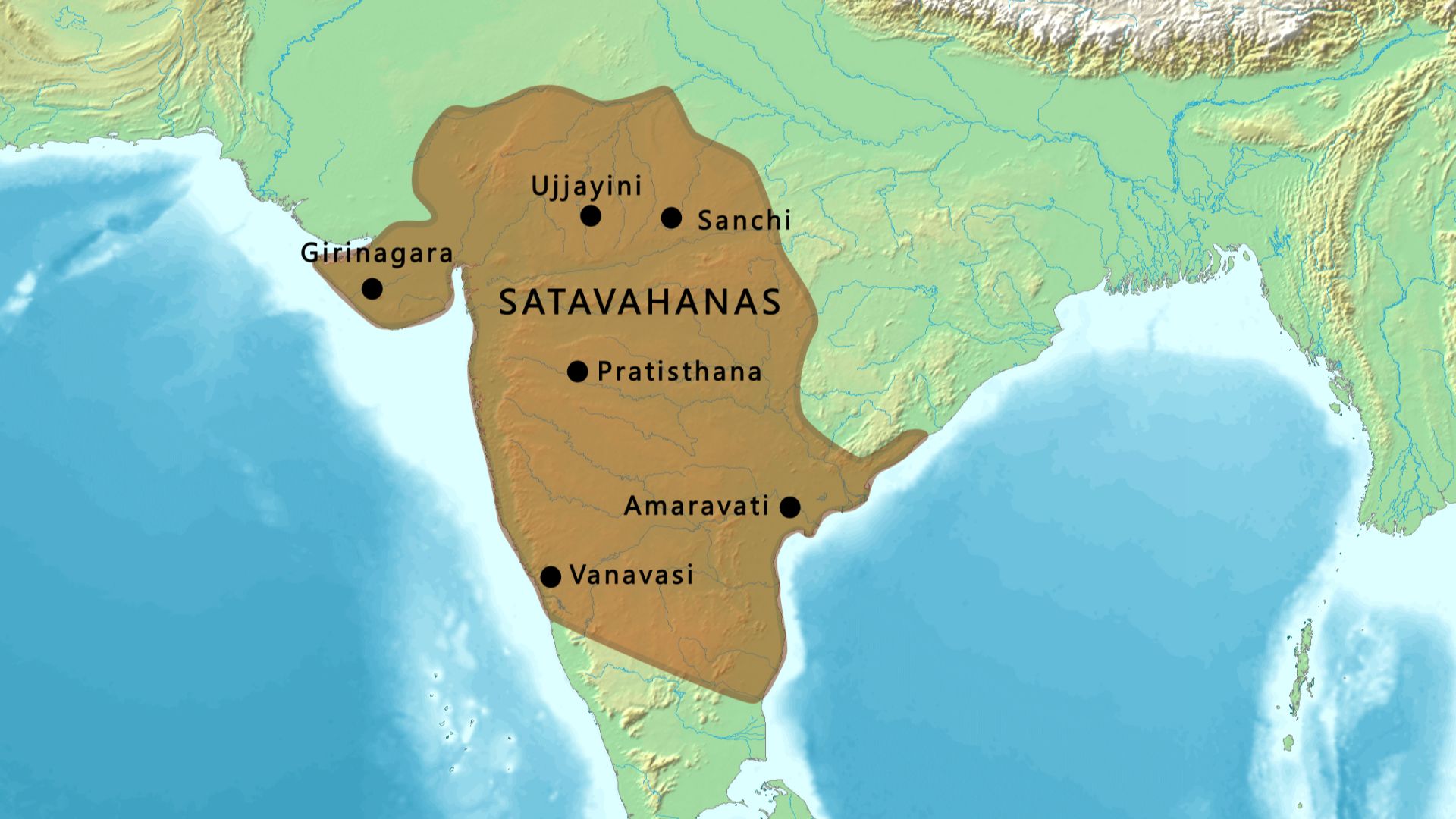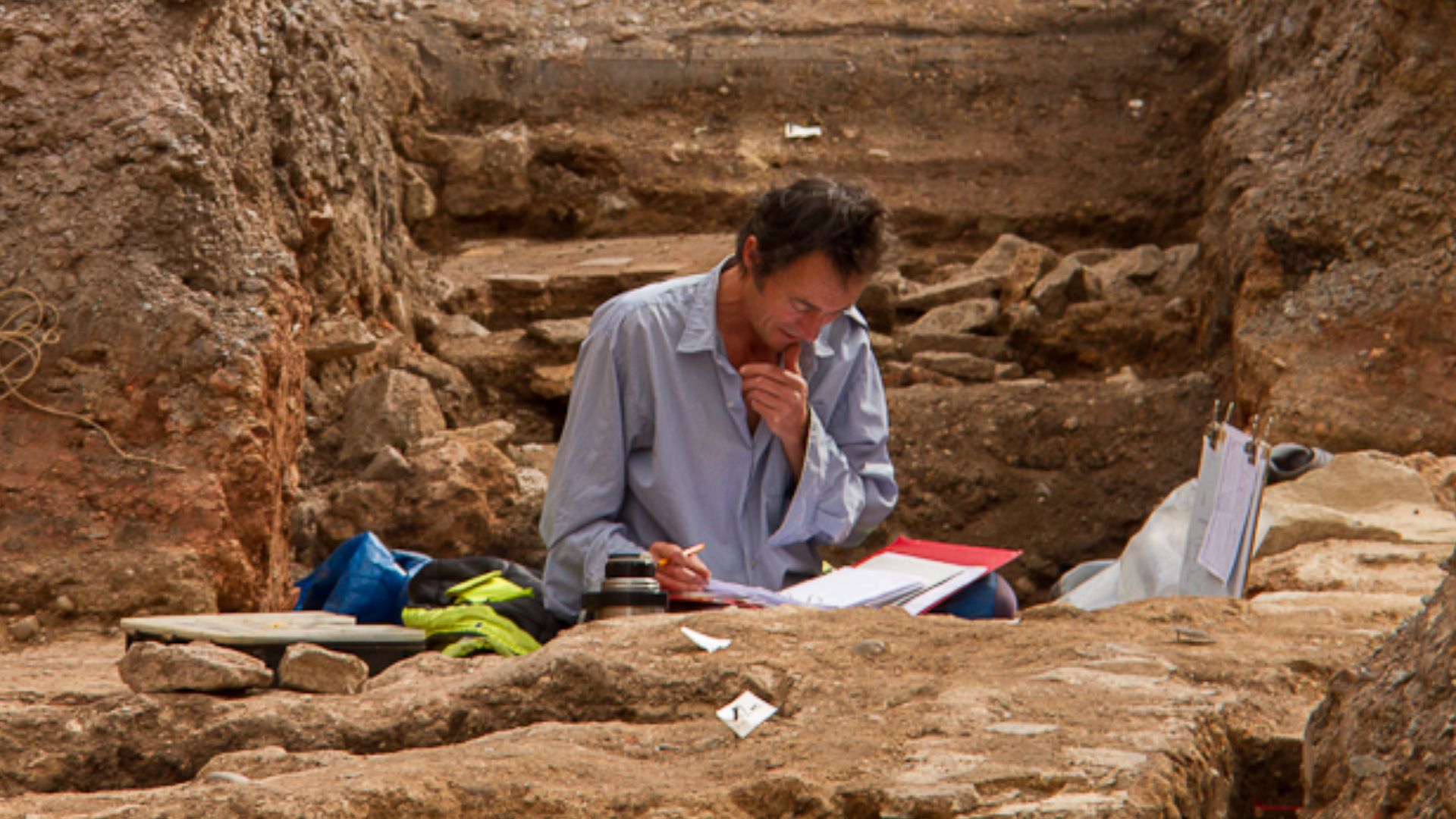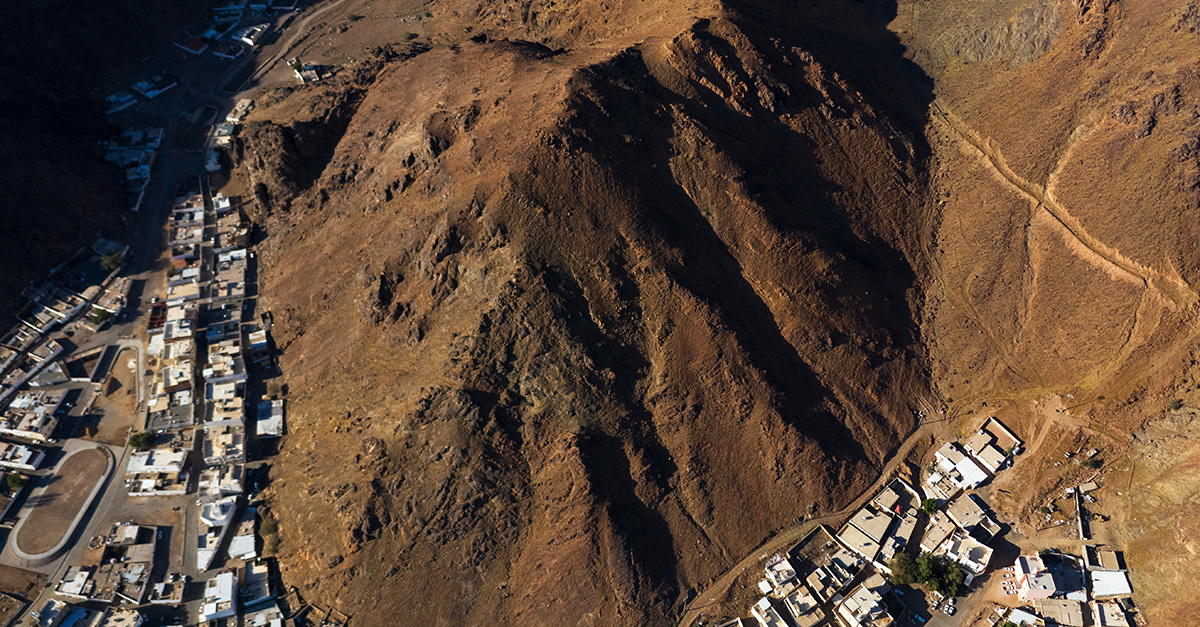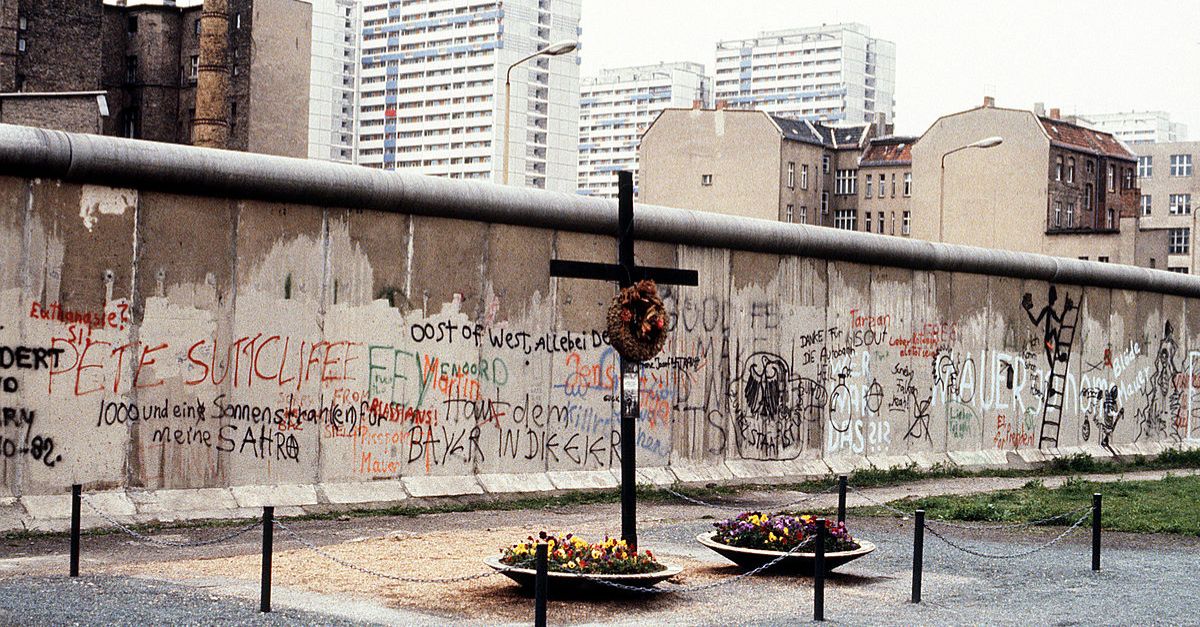When The Ground Gave Up Its Story
Beneath a hill in central India, ruins slept for centuries. Now, scientists have discovered layered traces of ancient life, some of which are older than any found nearby. What they uncovered could reset the timeline of Indian civilization’s early expansion.
Excavation Begins In Pachkhed, Maharashtra
In 2023, researchers broke ground in Pachkhed village, located in Maharashtra's Yavatmal district. What began as a routine dig led to the discovery of a lost settlement. Led by Dr. Prabash Sahu, the team uncovered remnants that had rested untouched for centuries.
A Cultural Mound Hiding Four Civilizations
Archaeologists have unearthed a mound nearly 9 meters tall, layered with a rich history. Each layer belonged to a different era—the Iron Age, Satavahana, Medieval, and Nizam periods. Remarkably, the deeper levels remained sealed and offered undisturbed snapshots of life from as far back as 3,000 years ago.
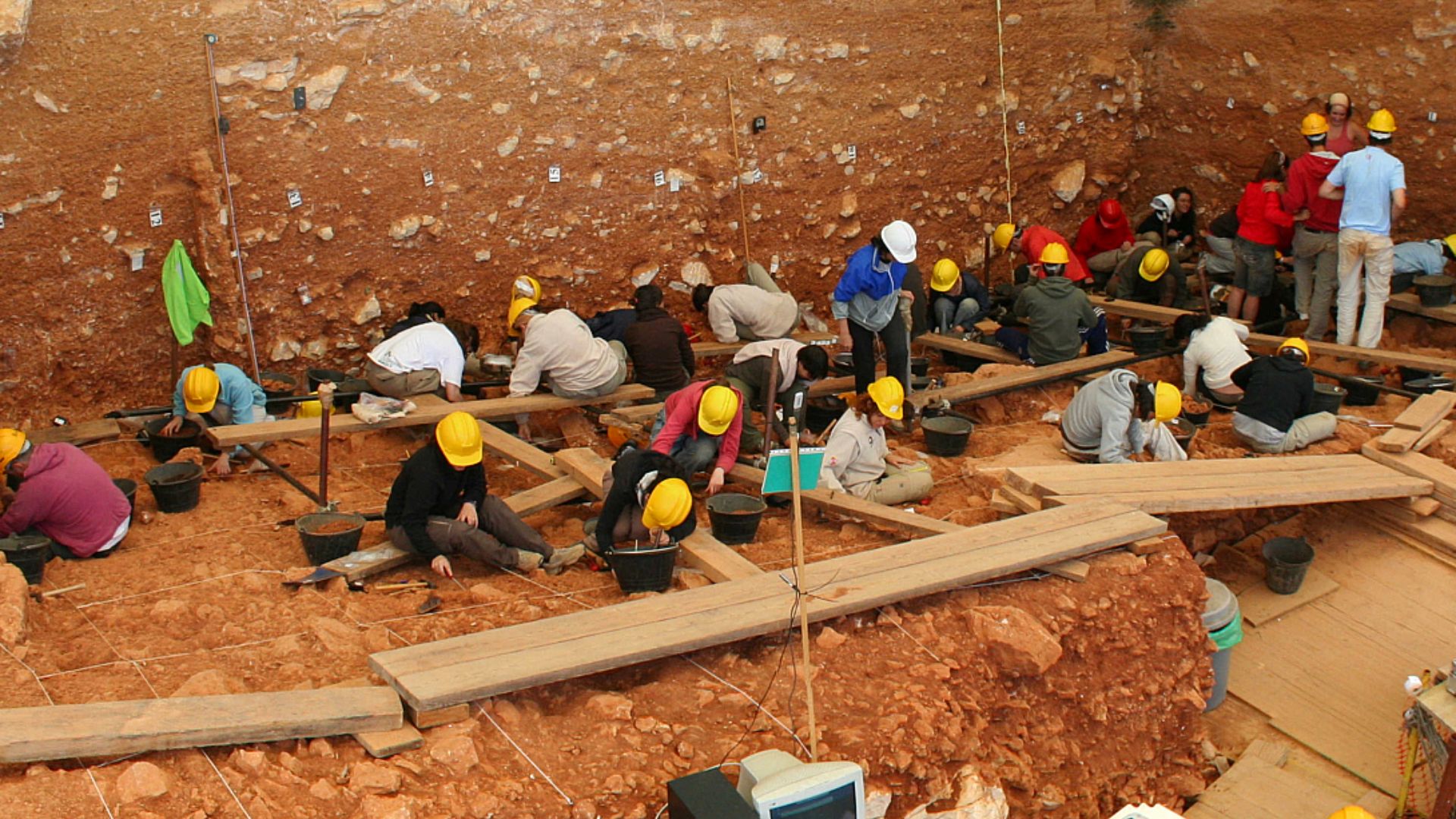 Mario Modesto Mata, Wikimedia Commons
Mario Modesto Mata, Wikimedia Commons
Circular Stone-Floored Houses From 3,000 Years Ago
The Iron Age level revealed round homes with limestone floors and post-holes outlining wooden supports. These structures were found to be complete and formed full households. Their condition and layout suggest intentional community planning dating back to around 1,000 BCE.
Iron Tools Point To Early Metallurgy
Sharp iron sickles and smelting waste emerged from the Iron Age layer. These finds show people had learned metallurgy—the ability to extract metal from rock using fire, then hammer or mold it into tools. This knowledge made farming and building far easier than it would have been with stone alone.
Ancient Clay Ovens Still Intact
Inside many houses, archaeologists spotted clay ovens, or chulhas, still fixed in place. Their position near walls and the burn marks around them suggest repeated use. These everyday cooking setups highlight domestic routines and hint at the social habits that shaped early communal life.
Semi-Precious Beads Signal Trade Networks
Archaeologists uncovered small beads shaped from agate and steatite, both of which are non-native to the area. Scratches and polish on their surfaces indicate regular use. Their presence reveals long-distance exchange routes that once connected Pachkhed to far-off artisan hubs during the Iron Age.
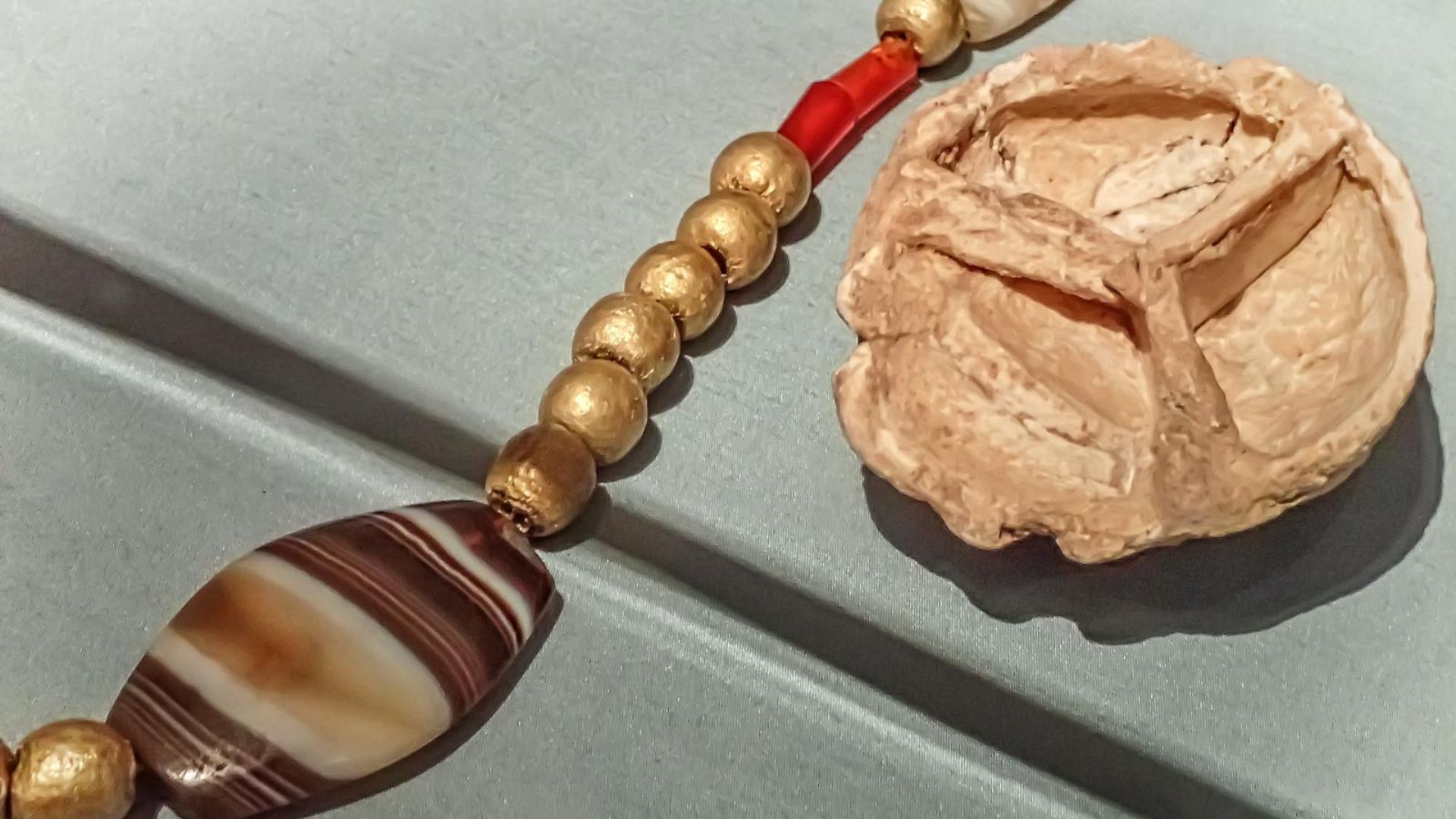 Mary Harrsch, Wikimedia Commons
Mary Harrsch, Wikimedia Commons
Pottery Shows Continuity And Change
Red-slipped and gray pottery dominated the lower levels, which showed early household use. In higher layers, black-painted designs emerged by suggesting new artistic trends. Some pieces closely matched Satavahana patterns, which suggested cultural contact, while older ceramic traditions quietly continued beneath the changing surface of village life.
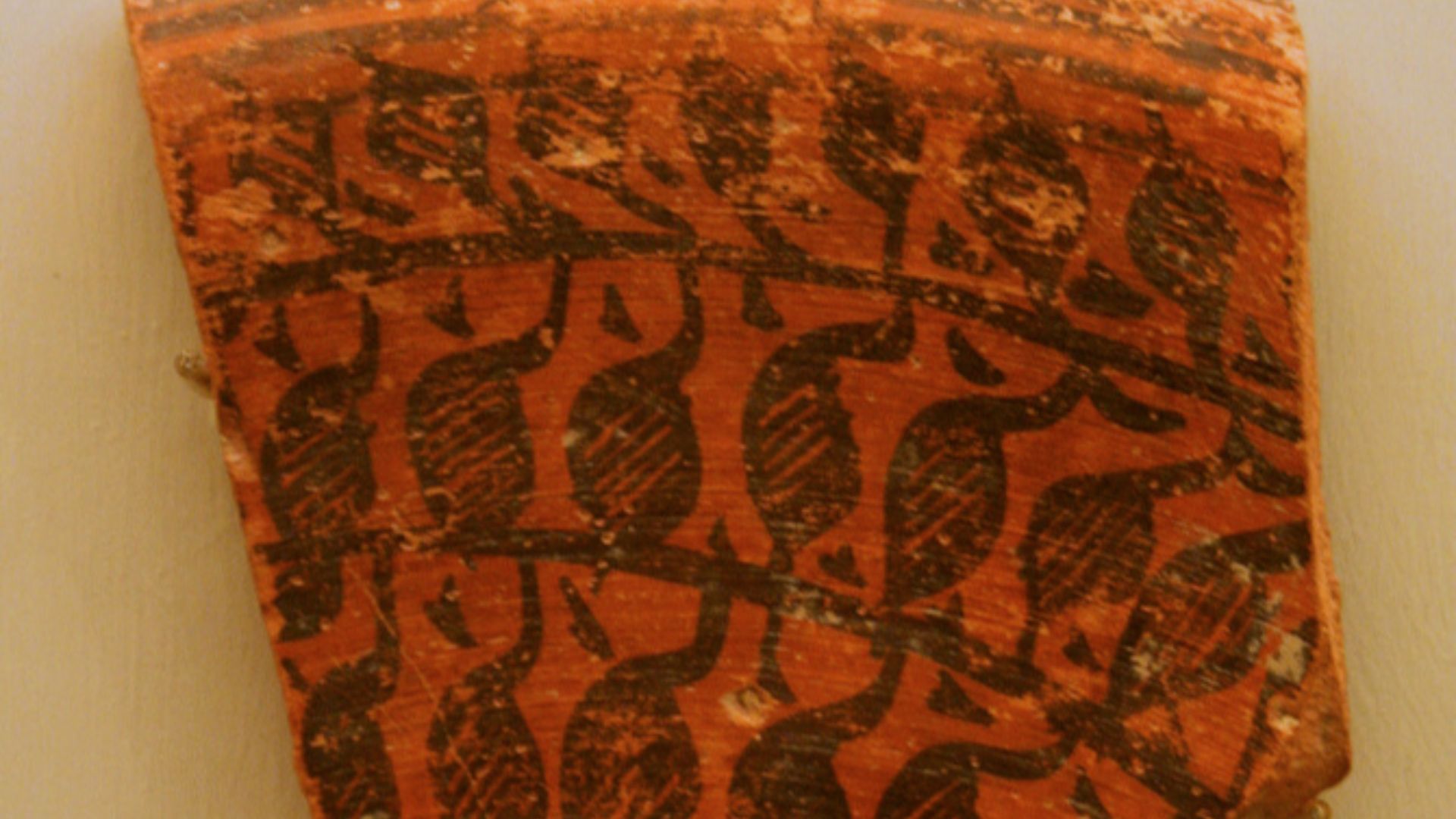 amy dreher from Brooklyn, NY, United States, Wikimedia Commons
amy dreher from Brooklyn, NY, United States, Wikimedia Commons
Bone Tools And Animal Remains Uncovered
Bone needles and arrowheads lay beside the remains of cattle and sheep. Their presence confirms that Iron Age villagers raised animals and practiced small-scale crafting. Together, the tools and bones provide clues to a lifestyle that combined both livestock and handiwork.
The Burial Area Is Still Elusive
Despite careful excavation, no burial site or grave goods have been located. This raises questions about how Pachkhed's early residents handled death. Some archaeologists suggest cremation, while others point to burial practices that left few traces—a mystery shared with sites like Inamgaon.
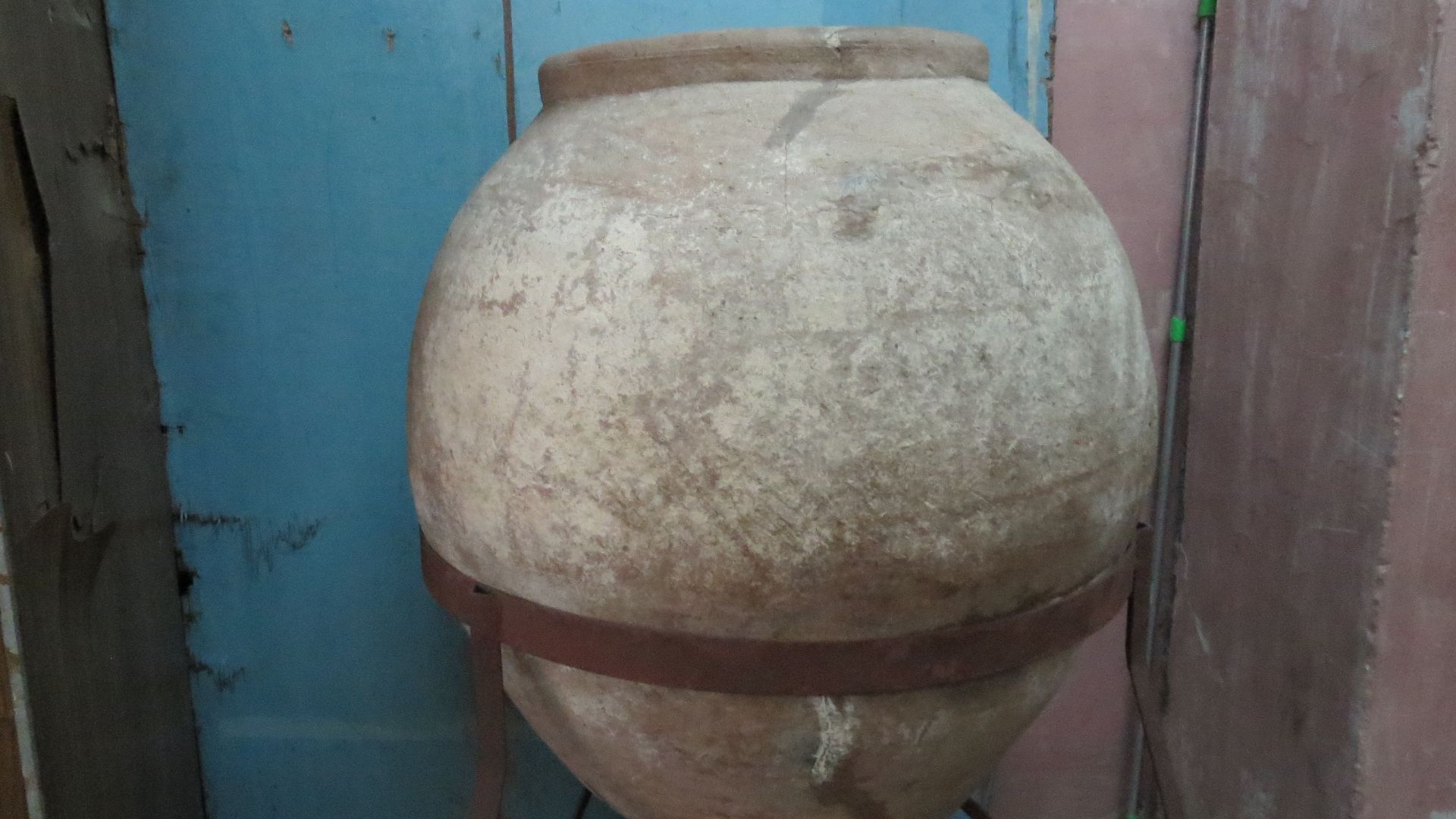 Booradleyp1, Wikimedia Commons
Booradleyp1, Wikimedia Commons
Cultural Layers Without Disruption
Across the mound, newer dwellings sat neatly above older ones. No evidence of destruction or rebuilding was found. Each era added to the last without erasing it, forming a rare vertical timeline of daily life that stretches across nearly 3,000 years.
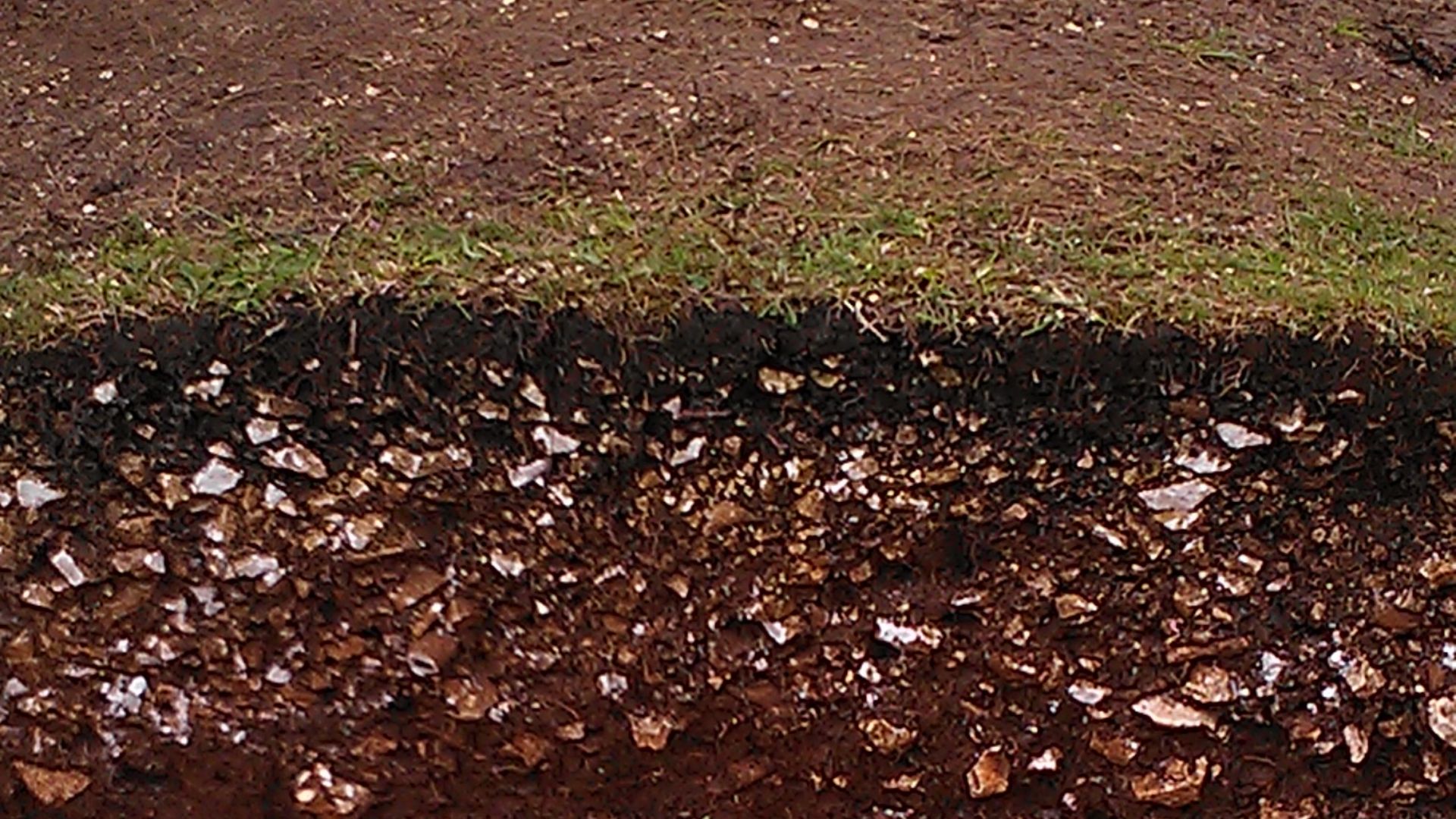 Ethan Doyle White, Wikimedia Commons
Ethan Doyle White, Wikimedia Commons
Satavahana Period Artifacts Confirmed
Among the deeper layers, archaeologists uncovered punch-marked coins and seals linked to the Satavahana dynasty. These items align with known trade and governance systems of the 2nd century BCE. The evidence helps position Pachkhed within the broader political framework of ancient Deccan rule.
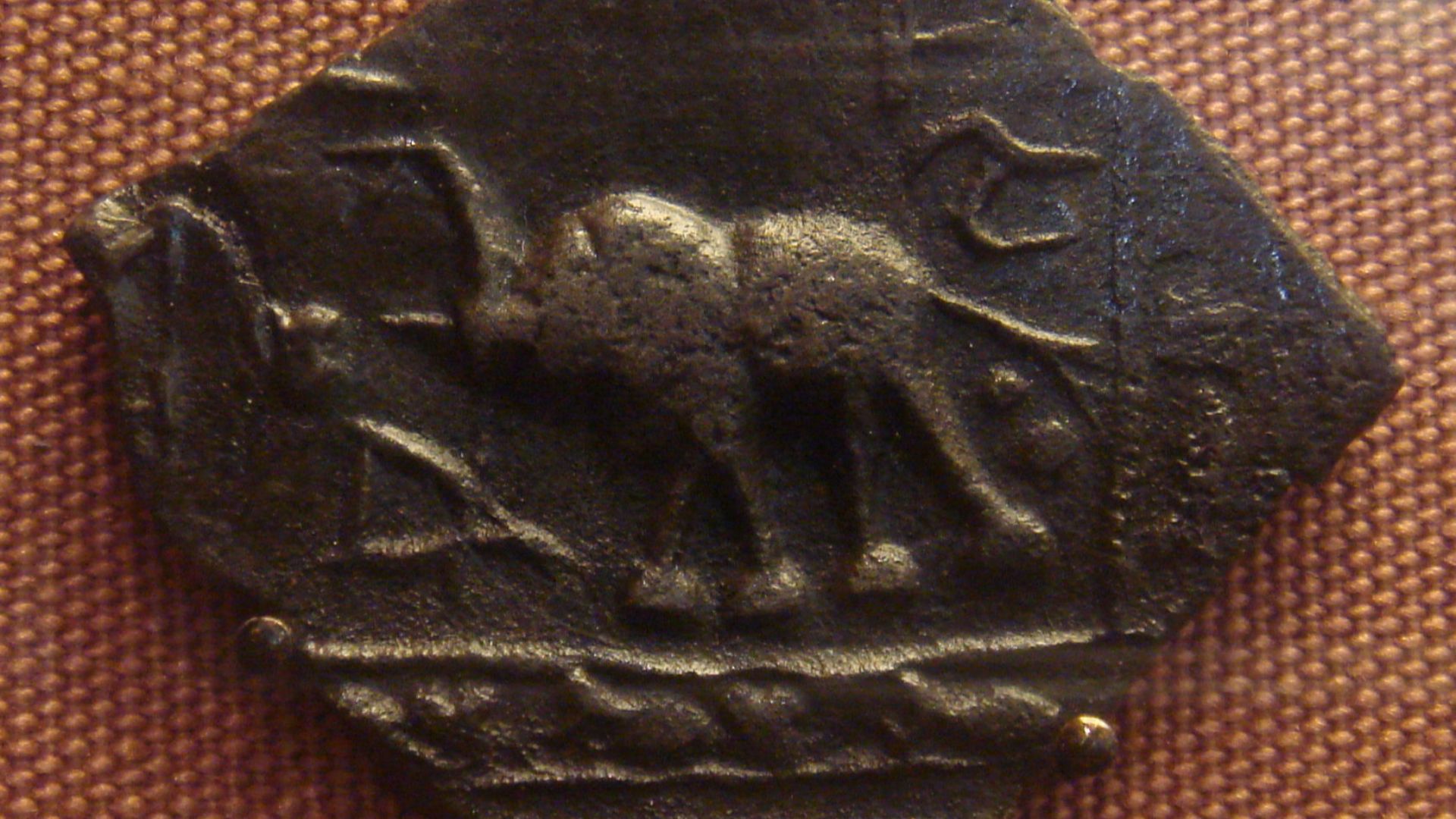 World Imaging, Wikimedia Commons
World Imaging, Wikimedia Commons
Medieval Remains Suggest Temple Activity
Fragments of sandstone columns and patterned floor tiles emerged from a higher stratum. Although no images of gods were found, their design bears a resemblance to regional temple architecture from the 10th to 12th centuries CE. Experts connect these pieces to Hemadpanthi-style shrines, which are common across medieval Maharashtra.
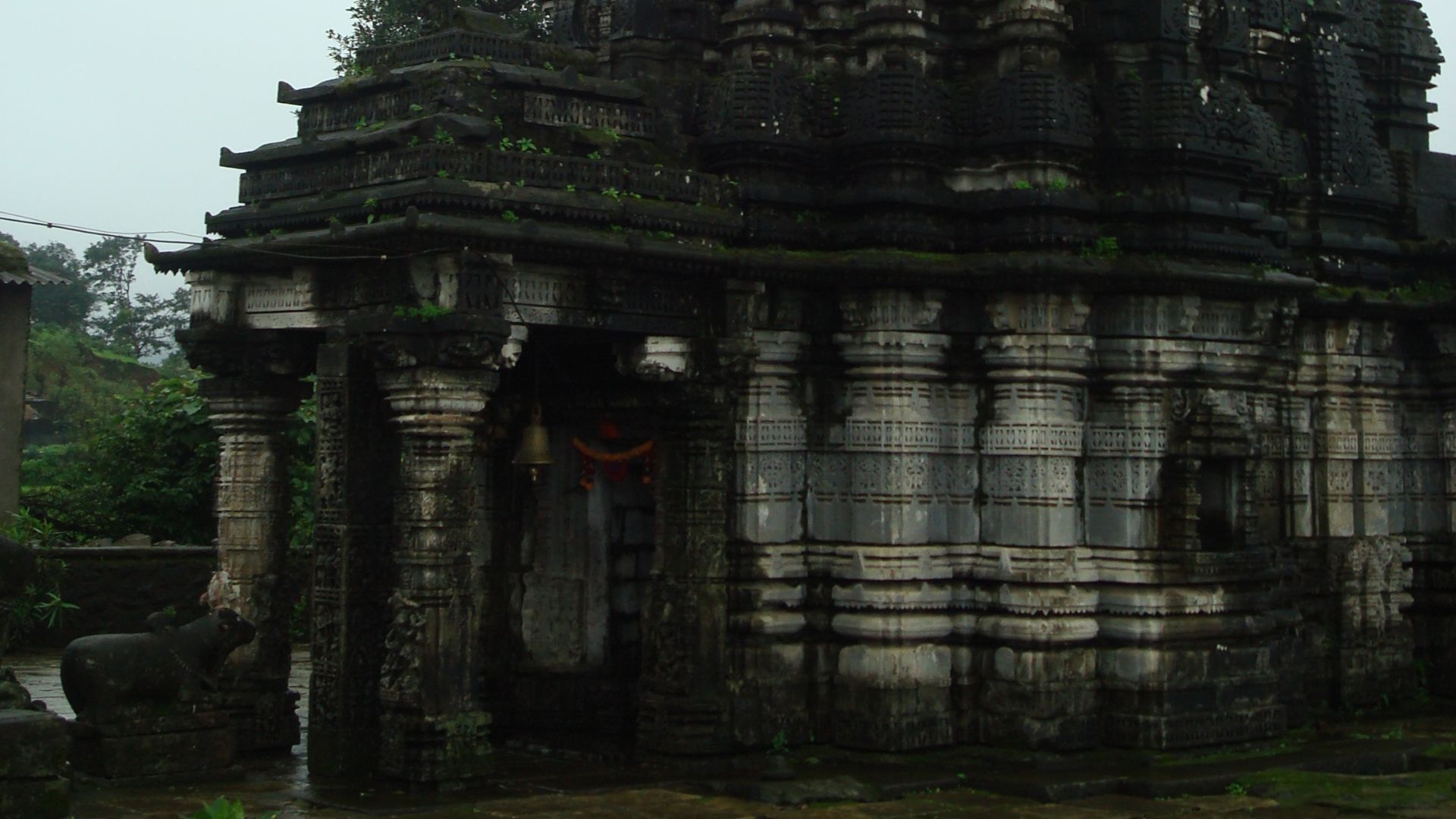 Nitin Darekar, Wikimedia Commons
Nitin Darekar, Wikimedia Commons
Traces Of The Nizam Era Surface Last
Glazed pottery and remnants of home-based manufacturing tools were found in the topmost soil layers. These materials, dating to the late 1800s and early 1900s, provide evidence that Pachkhed remained inhabited and active during the period of Hyderabad Nizam governance in central India.
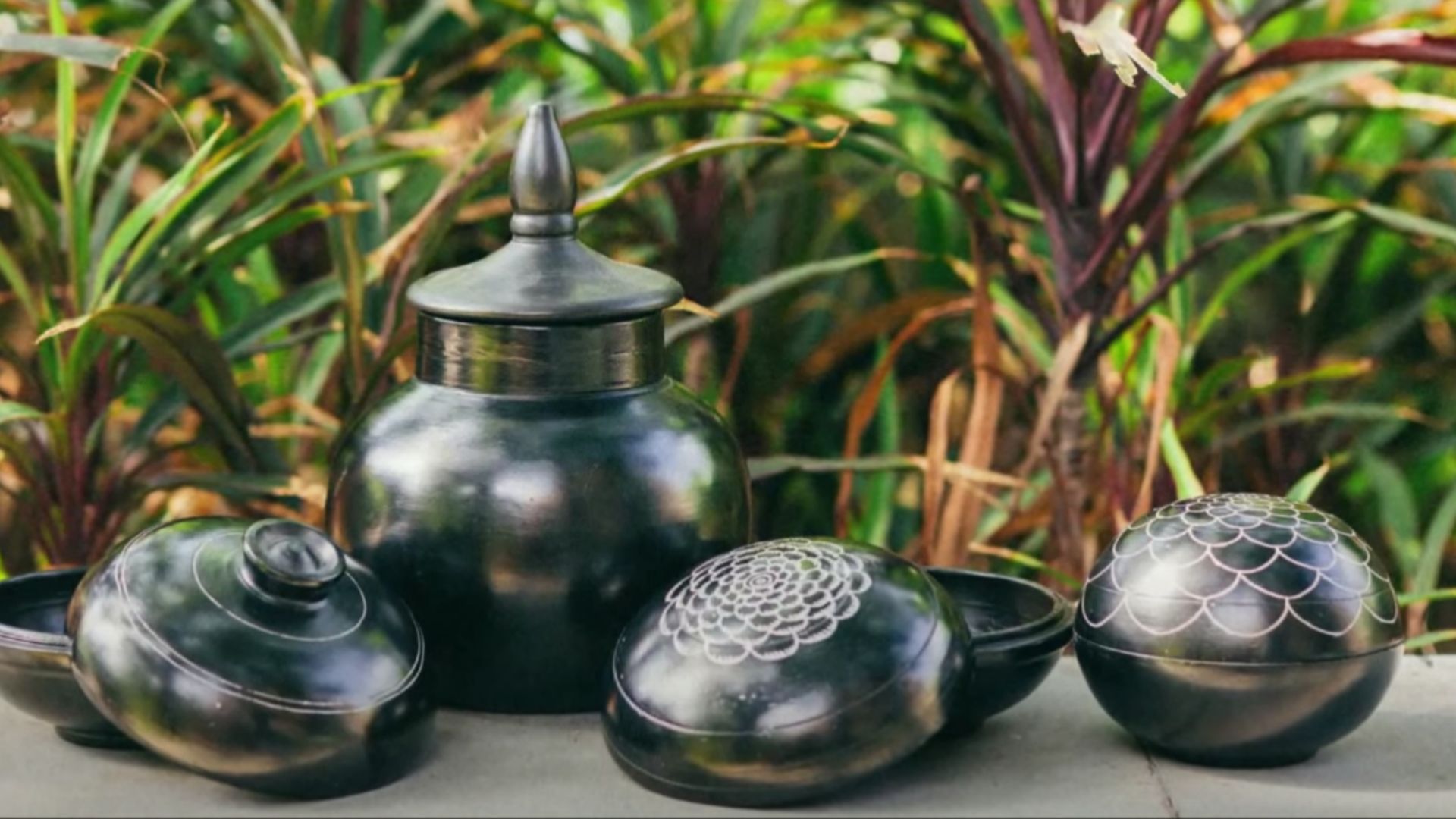 Aishik Rehman, Wikimedia Commons
Aishik Rehman, Wikimedia Commons
Four Civilizations, One Living Space
Despite the centuries that separated them, each era left its mark on the same hill. Access to water and fertile soil likely made Pachkhed ideal for repeated settlement. Few sites in India show such uninterrupted occupation from the Iron Age through the colonial period.
No Monumental Architecture, Only Homes
This site reveals the quiet history of households, not the grandeur of kings or temples. Archaeologists found no palaces or shrines, only tools and lived-in spaces. These remains show how everyday people built lives that endured beyond the reach of empire or ritual.
Maharashtra’s Iron Age History Gets A Rewrite
Before this dig, only a few Iron Age sites had been confirmed in the Vidarbha region. Most were scattered and poorly preserved. The Pachkhed discovery, older and more complete, is pushing historians to reconsider when and where India's early settlements truly began.
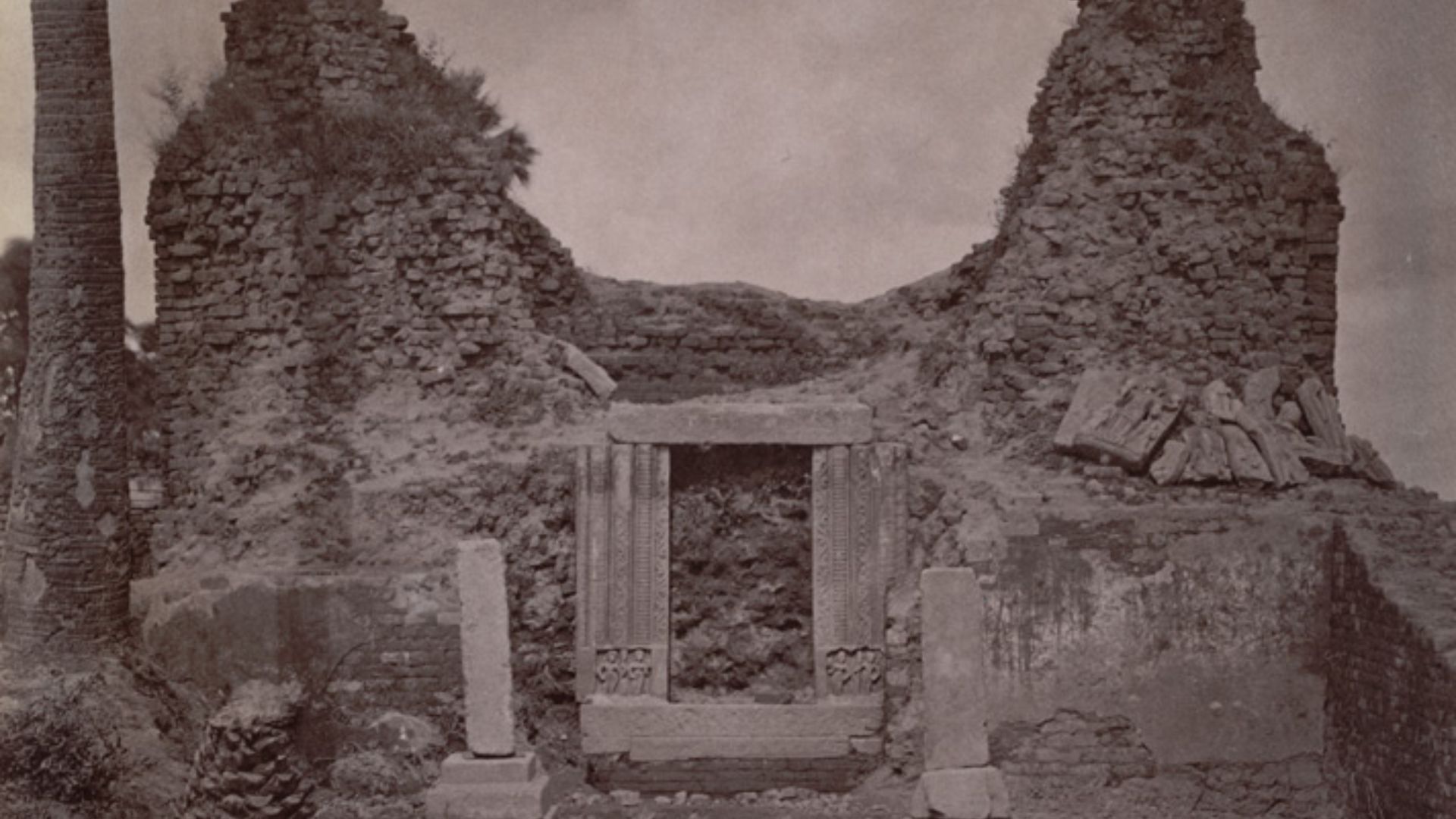 Garrick, Henry Baily Wade (1881), Wikimedia Commons
Garrick, Henry Baily Wade (1881), Wikimedia Commons
What The AMS Dating Will Confirm
Organic remains like charcoal and bone were sent to New Delhi's Inter-University Accelerator Centre for AMS testing. This method, Accelerator Mass Spectrometry, measures carbon decay to date ancient material. Results due in 2025 may confirm Pachkhed as one of western India's earliest Iron Age settlements.
Central India Finally Takes Its Place In Ancient History
History books often highlight the Indus Valley and the Gangetic plains while overlooking central India. Yet Pachkhed reveals early innovation beyond those zones. Its discovery challenges the long-standing bias that ancient Indian civilization only flourished near rivers in the north and northwest.
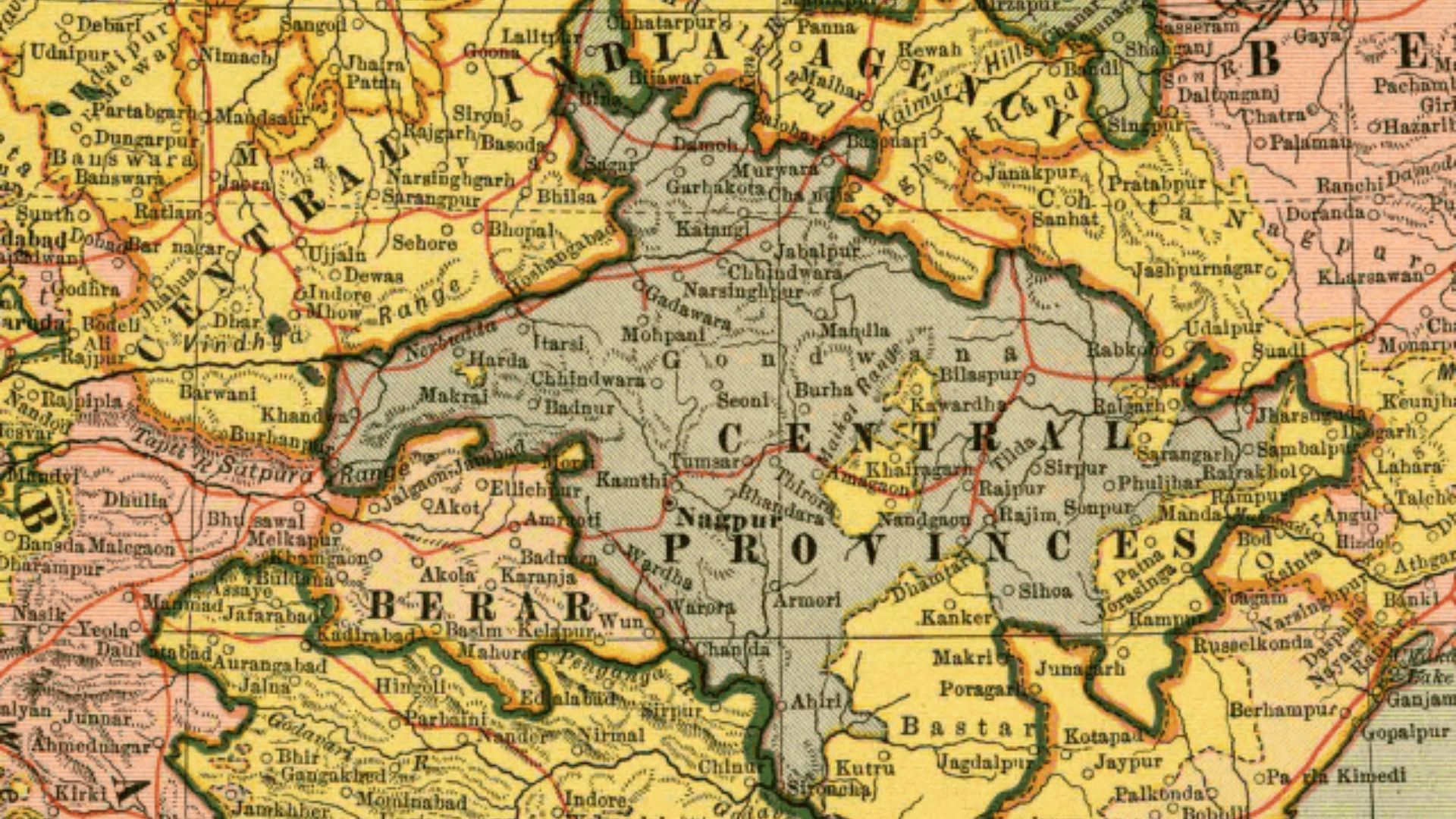 Tom Radulovich, Wikimedia Commons
Tom Radulovich, Wikimedia Commons
Trade May Have Started Before Empires Took Root
Long before empires ruled, people in Pachkhed were trading. The beads and tools found here predate the Satavahana rule, which shows how local communities were self-reliant yet connected. This site helps explain how trade systems grew even without the backing of large kingdoms or state control.
Textbooks Will Have To Evolve
Early Maharashtra gets little attention in schoolbooks, which focus heavily on Delhi and Varanasi. That may soon change. Pachkhed's depth and layered evidence call for updated curricula by pushing educators to reconsider how India's past is taught and which regions deserve a rightful place in it.
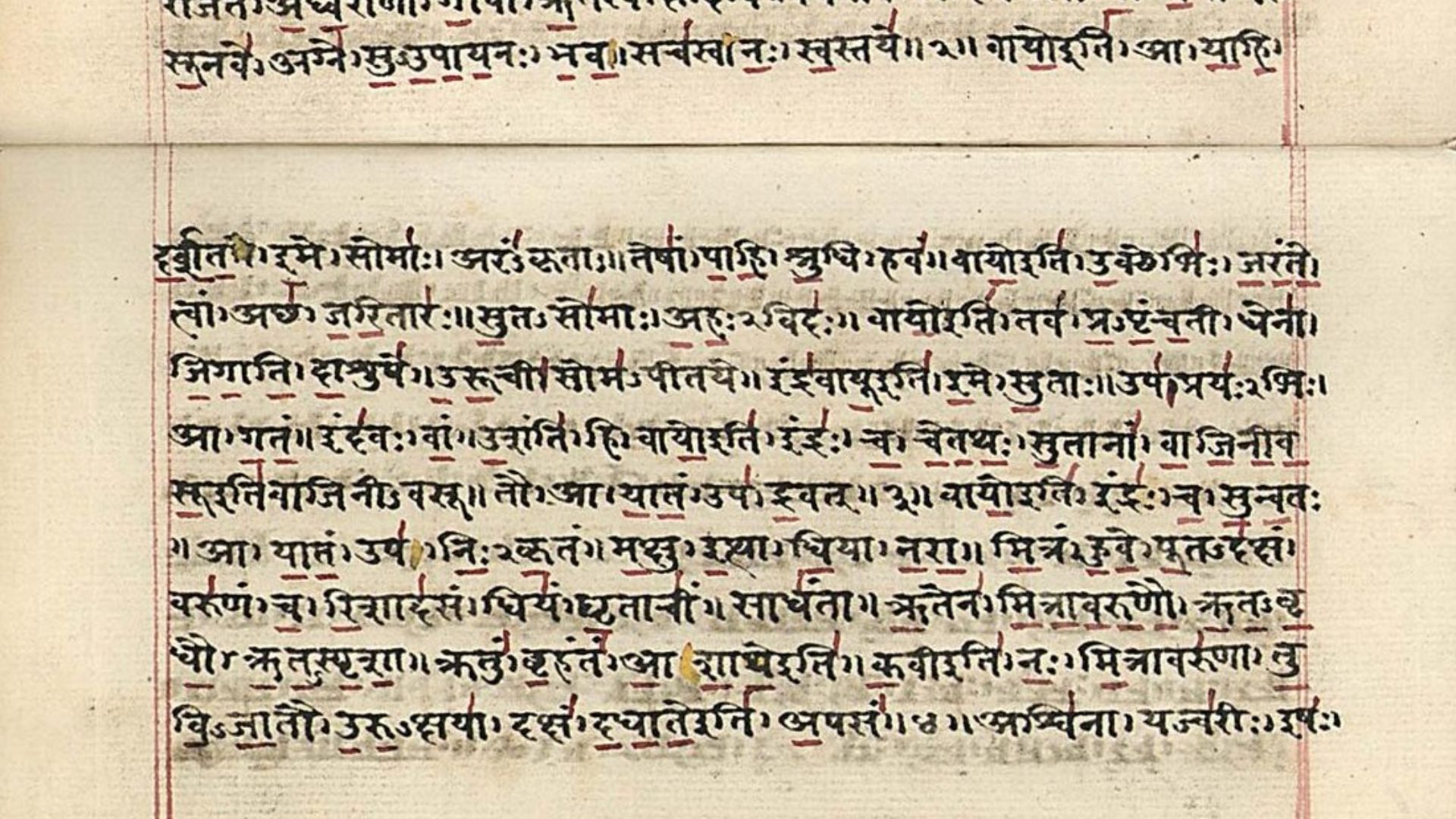 Unknown authorUnknown author, Wikimedia Commons
Unknown authorUnknown author, Wikimedia Commons
Organic Finds Need Urgent Protection
Charcoal and wood fragments found at the site are fragile and degrade quickly when exposed. Without climate-controlled storage or treatment, much of this material could be lost. Limited funding and infrastructure at local institutions put these artifacts at serious risk.
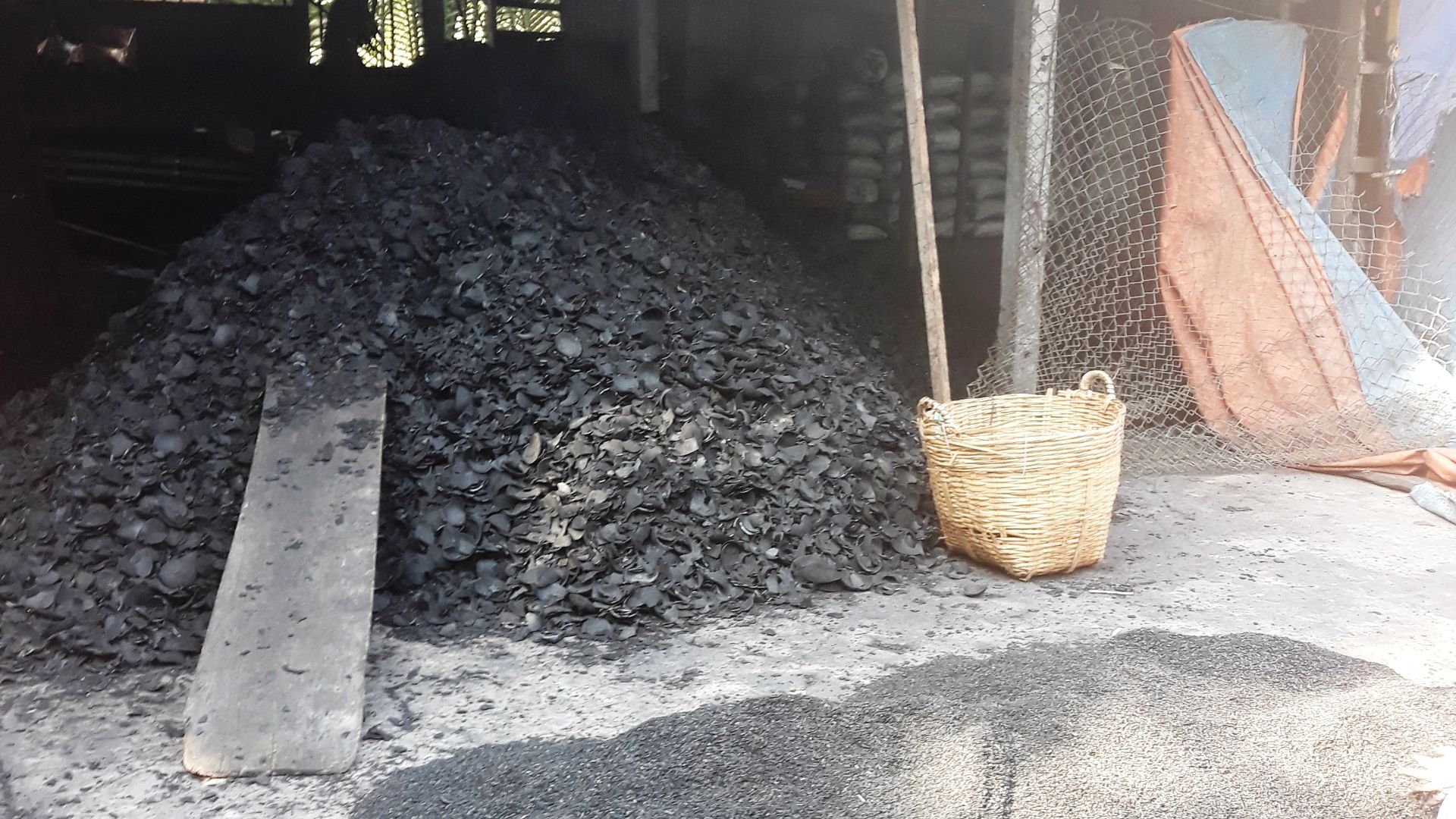 Vietcuongdao, Wikimedia Commons
Vietcuongdao, Wikimedia Commons
Locals Want A Heritage Site Tag
Pachkhed's residents have requested that officials declare the site a protected area. Their concern reflects a real fear of damage from looting or land use. Despite the site's importance, it hasn't yet received legal protection from ASI. Locals now serve as its unofficial stewards, guarding what remains.
Comparisons With Inamgaon And Nevasa
Inamgaon, a better-known Iron Age site in Maharashtra, also revealed deep layers of habitation. Nevasa offered evidence of trade but lacked the continuous living spaces seen in Pachkhed. Few other sites have preserved complete domestic layouts across such a wide range of historical phases.
 Inamgaon River Musical Dron Shoot Yashdeep Films (Ganesh Thorat) by Ganesh Thorat Photography
Inamgaon River Musical Dron Shoot Yashdeep Films (Ganesh Thorat) by Ganesh Thorat Photography
India's Iron Age Map May Be Redrawn
AMS testing may confirm Pachkhed as one of India's oldest Iron Age communities. If so, it would mark a rare chance to expand the narrative beyond familiar regions. The findings could also direct future research toward less-explored interior zones with similar buried histories.
What The Soil Has Yet To Reveal
Archaeologists have explored just a small section of the mound. Large areas remain untouched and may contain burial grounds or sacred spaces. With proper funding and scientific backing, Pachkhed could yield even deeper insights into the rhythms of early India.




